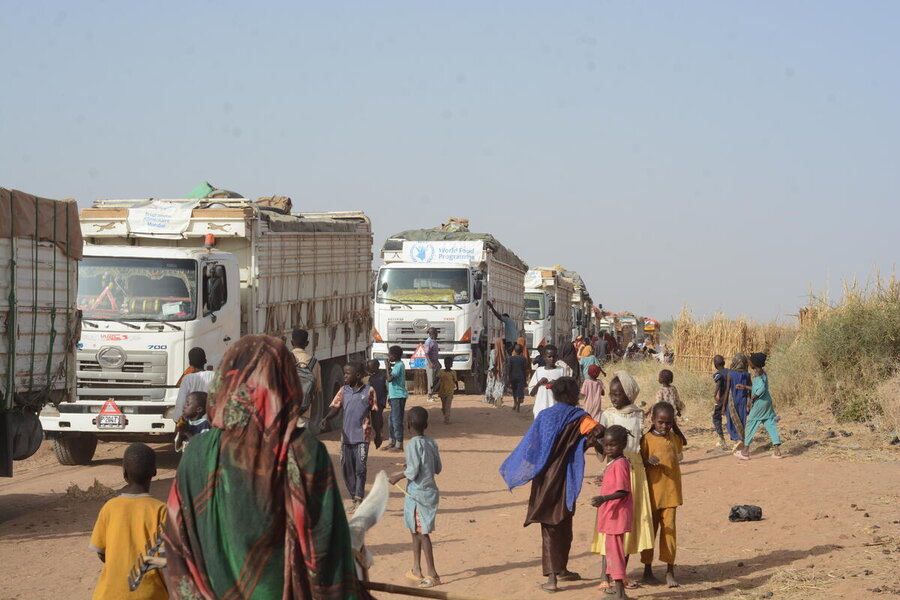Famine Threatens Five Countries, UN Warns
The threat of famine is growing in five critical hunger hotspots—Gaza, Sudan, South Sudan, Mali, and Haiti—where millions face catastrophic levels of food insecurity, according to the latest Hunger Hotspots report released by the Food and Agriculture Organization (FAO) and the World Food Programme (WFP).
The report, which identifies 13 global emergencies where acute hunger is expected to worsen by October, reveals that these five countries are already facing IPC Phase 5 conditions the highest and most life-threatening level on the Integrated Food Security Phase Classification.
“This report is not a forecast; it is a red alert,” warned WFP Executive Director Cindy McCain. “We know where hunger is rising, who is at risk, and we have the tools to respond. But without funding and access, we cannot save lives.”
In Gaza, over 470,000 people are facing IPC Phase 5, with the entire population of 2.1 million projected to experience Crisis or worse. WFP reports that only 6,000 of the 11,000 metric tons of food transported to the Kerem Shalom crossing since May have entered Gaza enough to support fewer than 300,000 people for one month.
A statement from WFP highlighted the urgency: “This is a small fraction of what is needed. To stave off starvation, stabilize markets, and calm desperation, we must support the entire population with basic food requirements every month.”
In Sudan, more than half the population—24.6 million people—are at IPC Phase 3 or worse. Among them, 8 million are in Emergency and 637,000 in Catastrophe. WFP’s Sudan Country Director Laurent Bukera noted expanded access has allowed operations to scale up, reaching 4 million people monthly. But the situation remains fragile.
“We’re aiming to reach 7 million people each month across Darfur, Kordofan, Al Jazira, and Khartoum,” said Bukera.
In South Sudan, 7.7 million people (57% of the population) face acute food insecurity, exacerbated by economic instability, ongoing conflict, and historic flooding. Over 2.1 million children and 1.1 million pregnant or breastfeeding women are acutely malnourished—a 26% increase from last year.
“We’re on the ground aiming to reach 4 million people,” said Mary-Ellen McGroarty, WFP’s Country Director. “School meals, livelihoods support, and emergency nutrition are all part of our strategy.”
In Mali, conflict and soaring food prices are expected to worsen food insecurity for 1.5 million people by September. Ongoing violence in the northern and central regions has significantly restricted humanitarian access, heightening risks for communities already struggling through the lean season.
In Haiti, gang violence and insecurity have left over 8,400 people in Port-au-Prince facing IPC Phase 5 conditions. WFP says food access is virtually crippled amid mass displacement and inflation. Domestic supply shocks, climate disruptions, and currency instability are pushing food prices beyond reach.
“Without increased humanitarian funding, WFP and partners simply cannot do what is required to feed the people,” said Michael Dunford, WFP’s Country Director for Myanmar, which is also seeing rising food insecurity after a recent earthquake.
The Hunger Hotspots report emphasizes that 13 countries including the Democratic Republic of Congo, Myanmar, Syria, Nigeria, Chad, Somalia, and Burkina Faso remain on high alert. Humanitarian leaders are calling on governments, donors, and individuals to act urgently before famine claims more lives.
“We must act now to prevent irreversible consequences,” said McCain. “We have the expertise—what we need is access and funding.”



